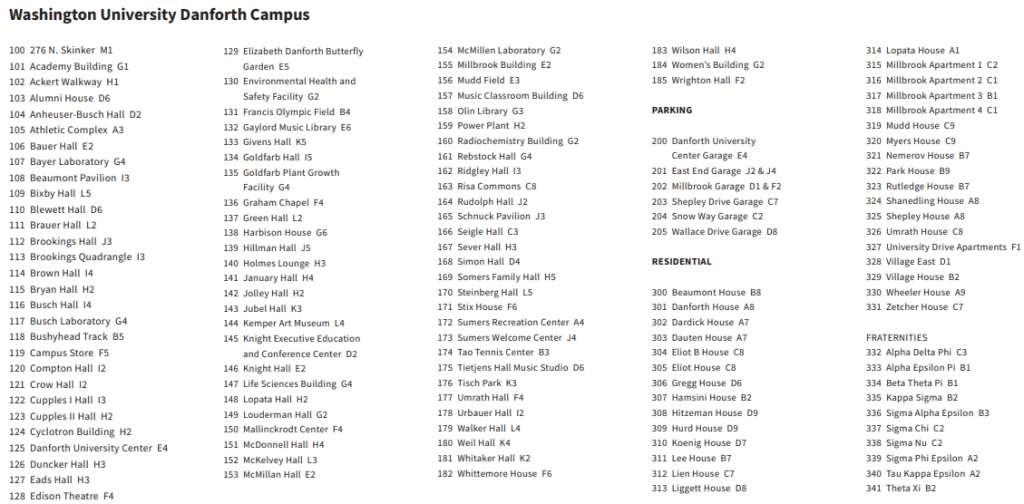Cedar Elm
Arbor Walk #163, TreeKeeper ID #5618

The Cedar Elm is a drought-tolerant, medium-sized elm native to Texas and the Lower Mississippi River region. It is distinct among elms for flowering in the fall, and its small, stiff leaves are emblematic of its hardiness to a variety of climatic conditions. Although not native to Missouri except for a couple southern border counties, this elm can tolerate the St. Louis climate.
Elms are susceptible to a number of plant diseases, primarily Dutch Elm disease, which has plagued native elms well back into last century. The Cedar Elm is susceptible to the Dutch Elm disease, yet is resistant to other diseases, like Texas root rot.


GPS Coordinates
N/A
Percent Concrete
N/A
Distance to Buildings
| Year | Close Building #1 | Close Building #2 | Close Building #3 |
|---|---|---|---|
Distance to Other Species
| Year | Close Species #1 | Close Species # 2 | Close Species # 3 |
|---|---|---|---|
Standard Measurements
| Year | Height (m) | DBH (cm) | Crown Diameter N-S (m) | Crown Diameter E-W (m) | Average Crown Diameter (m) |
|---|---|---|---|---|---|
Nests and Pests
| Year | Description |
|---|---|
| 2023 | No obvious indications of nests or pests on this tree |
Leaf Identification
The leaves of the Cedar Elm are simple (no leaflets), alternately arranged on the stem, pinnately veined, small, and unlobed. The leaves are stiff and mounted on very short petioles. The leaves feel slightly leathery, and have a serrated margin. The tip is pointed, although not tapered or acutely sharp.
Twig and Bud Identification
The twig is zig zag and brown, eventually turning gray brown. The twig is woody even when young. The buds are axillary, ovoid, and brown, with a single terminal bud.
Bark Identification
The bark of the Cedar Elm is dark brown with thin, raised, vertical scales.
Fruit Identification
The fruits of the Cedar Elm are samaras (seeds covered in papery, winged seed coat). The samaras are light brown when mature in the fall.
Flower Identification
The flowers of the Cedar Elm are small (under 1/4″ in length), white-tinged purple, hairy, and bisexual. They are in drooping fascicles, clusters of flowers whose stalks are crowded along the stem. The flowers bloom in the late summer or at the start of fall.
Elm ID Tips
- The Cedar Elm is identifiable by its late summer/fall flowering, which is atypical for elms
- The Cedar Elm leaf does not have an asymmetrical base, like the American Elm or Slippery Elm, nor does it have the tapered tip that most elms do.
- The Cedar Elm also has an unusually small leaf, only reaching 2″ at its longest.






